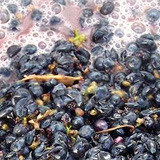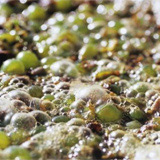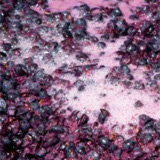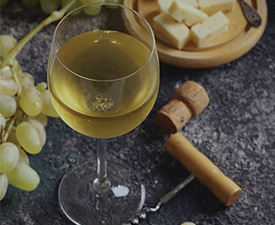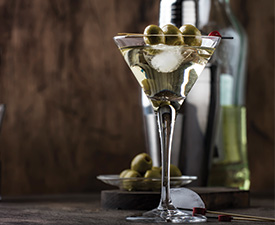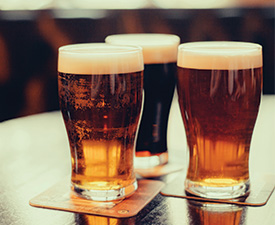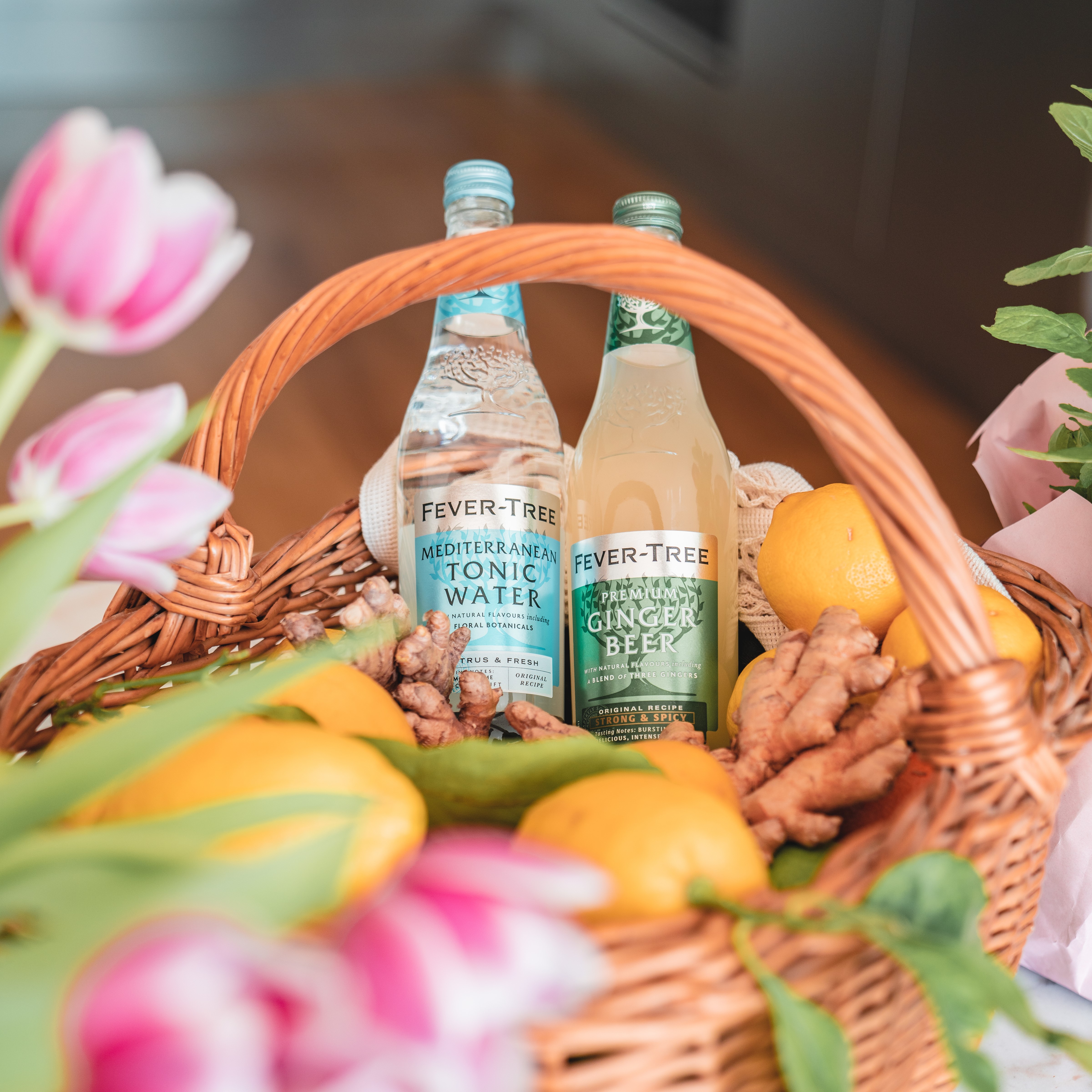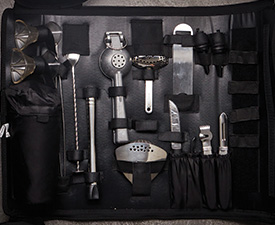Yeast is used in winemaking where it converts the natural sugars present in grape juice or must into alcohol. Yeast is normally already invisibly present on the outside of the grapes. The fermentation can be done with this endogenous wild yeast; however, this may give unpredictable results depending on the exact types of yeast species present. For this reason pure cultured yeast is generally added to the must, which rapidly comes to dominate the fermentation. This represses the wild yeasts and ensures a reliable and predictable fermentation.
'Indigenous / wild yeast'
For inoculated fermentations, the size of the inoculum which yeast manufacturers recommend adding is large enough to insure that the fermentation starts rapidly and is therefore dominated by this single strain. Many winemakers inoculate with a considerably smaller dose of yeast and they obtain some of the benefits of wild yeast fermentation. The result is a slower, longer fermentation, giving a foothold for native yeast to have an influence on the fermentation.
Most of France and much of Europe practice inoculated fermentations. The exceptions are some of the small estates in Burgundy and the Rhone who use native yeast in most years. For these smaller domaines, science and technology take a back seat to tradition, or 'doing it as their father did it.' While some NZ winemakers have embraced many traditional French winemaking techniques, natural yeast fermentations have caught on only in the last ten years or so.
Wild yeast is not the secret answer to making great wine. Rather, it is a piece of the puzzle - one in a number of ways to develop complexity in wines. This quality factor, coupled with the fact that the majority of winemakers feel these methods make their craft more interesting and challenging assures that the use of wild yeast will continue to grow in the production of interesting and dynamic wines.
